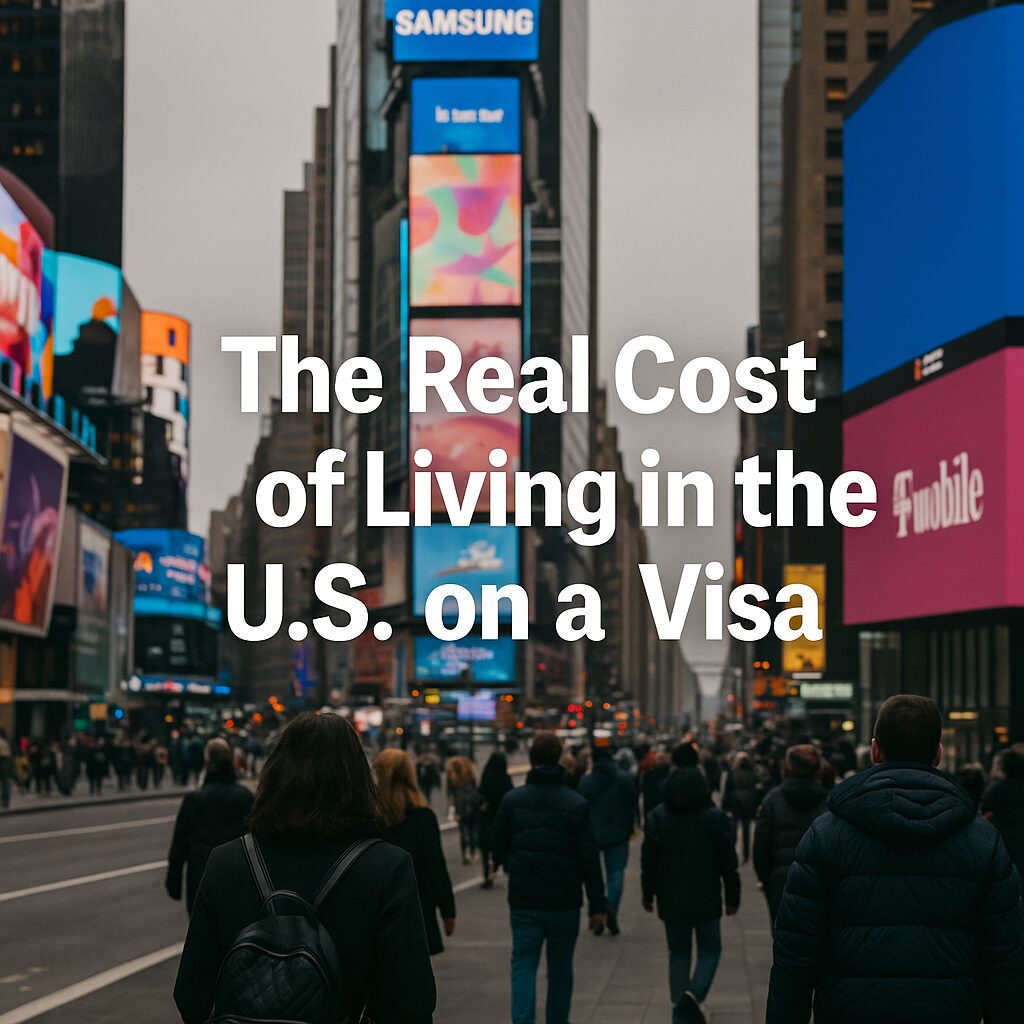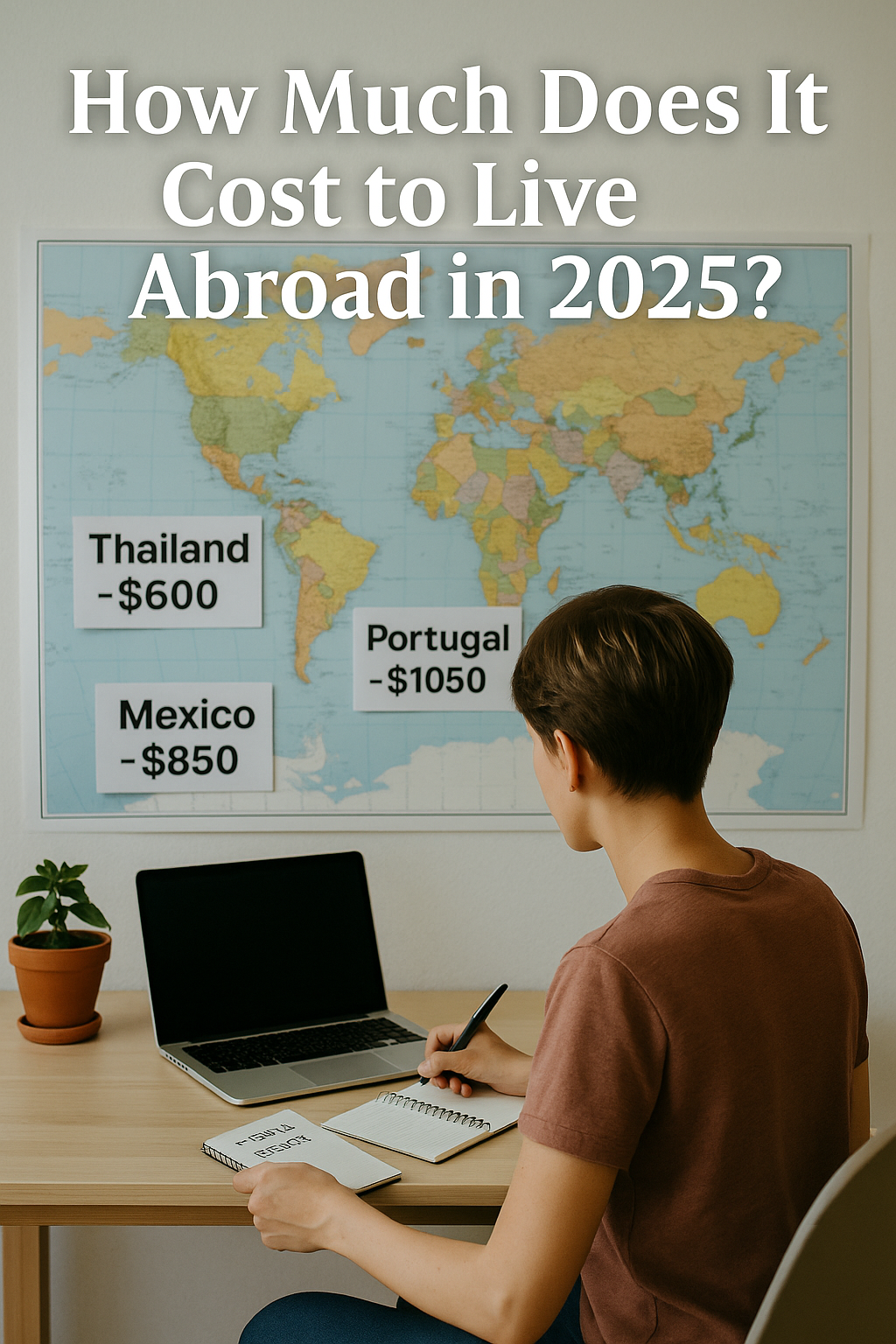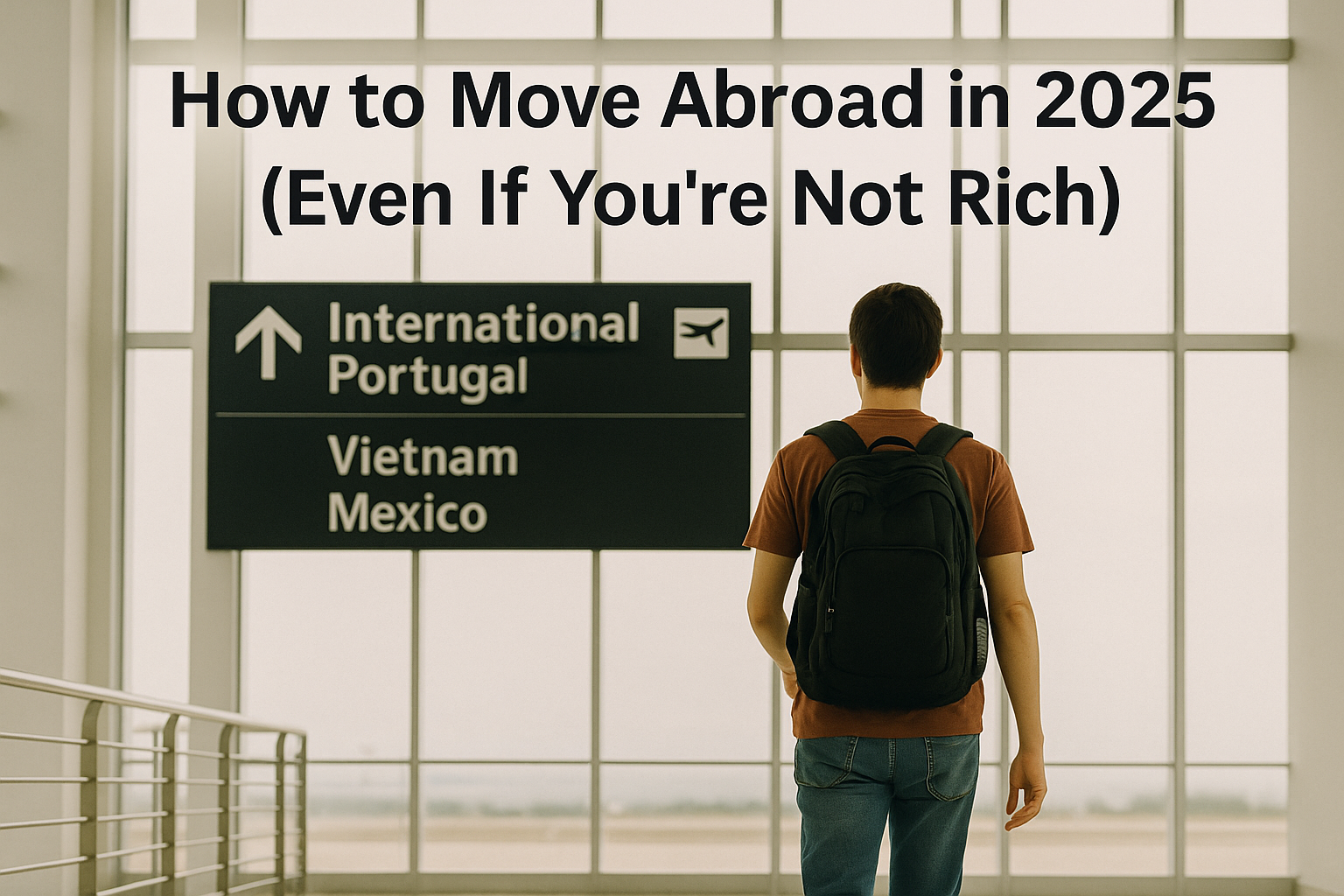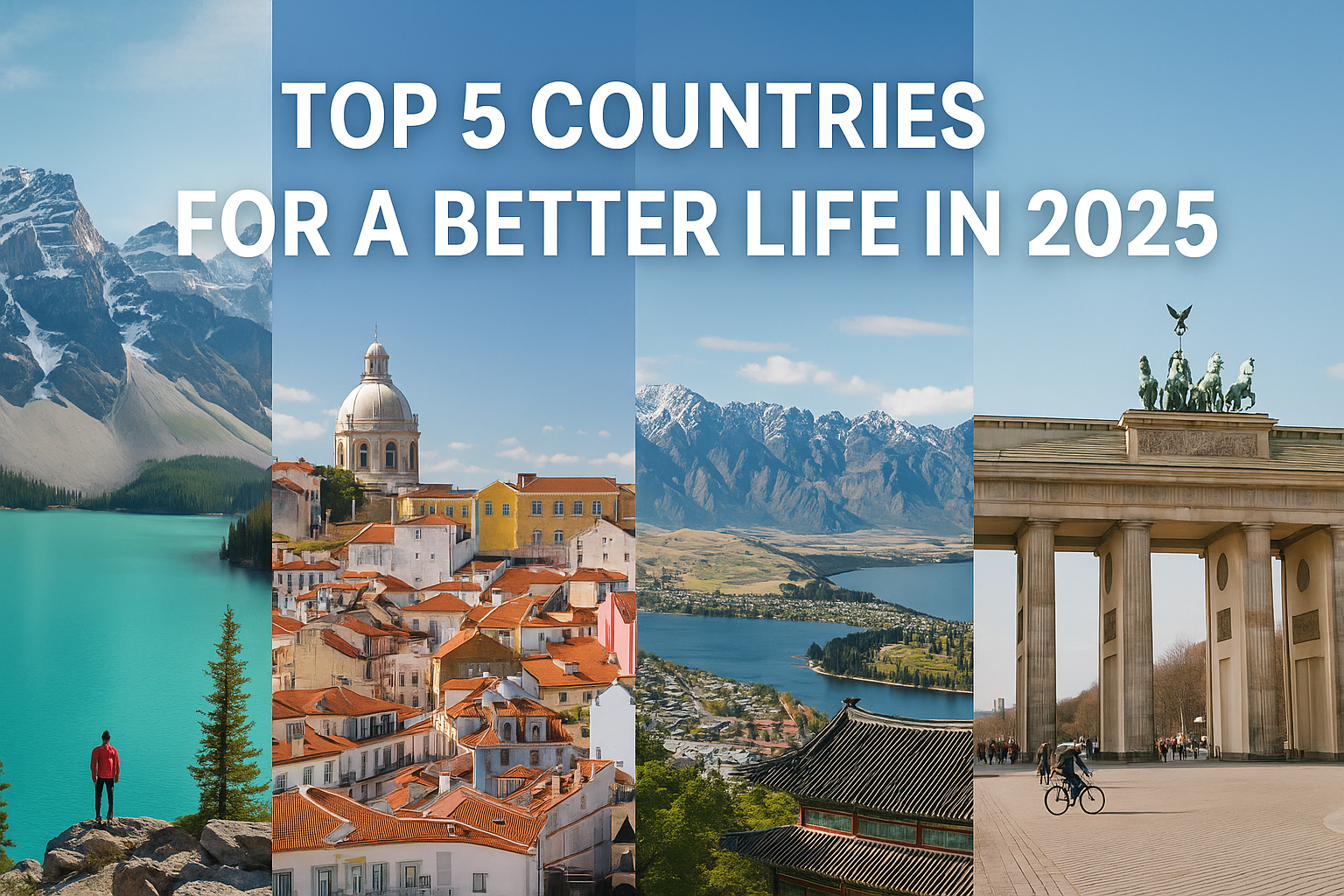Why Earning on a Visa Isn’t Just About Survival
If you’re living in the U.S. on a visa, you’ve probably asked yourself:
“Can I legally make extra money?”
It’s a fair—and critical—question. Whether you’re a student on an F-1 visa, a skilled worker on H-1B, or a newly approved green card holder, the rules about earning income aren’t always clear. Worse, violating those rules can have serious consequences: visa revocation, legal issues, even deportation.
But here’s the good news:
There are ways to make money legally while on a visa. In this guide, we break down real, proven strategies that allow you to supplement your income without breaking U.S. immigration law.
1. Understanding What “Legal Income” Means on a Visa
The U.S. immigration system is strict about what type of income is allowed on each visa.
Here’s a quick breakdown:
| Visa Type | Can Work for Employer | Can Freelance | Can Earn Passive Income |
|---|---|---|---|
| F-1 (Student) | On-campus only (up to 20 hrs/week), or OPT/CPT | (e.g., dividends, interest) | |
| H-1B (Skilled Worker) | Yes, for sponsoring employer only | (must be passive only) | |
| L-1 (Intra-company transfer) | Yes, for internal company | ||
| EB-2 / Green Card |
Passive income = income not tied to active labor (e.g., investment returns, YouTube ads with no service, royalties).
2. Real Legal Side Hustles That Work
Let’s dive into real-world options based on your visa status:
A. On-Campus Jobs (F-1 only)
- Library assistant, IT support, food service, research lab
- Max 20 hours/week during semester
- Pay range: $10–$18/hr
Bonus: These jobs often offer free meals, discounts, or experience related to your major.
B. OPT & CPT (F-1 Optional & Curricular Practical Training)
- CPT: Internships or practical experience during study (with school approval)
- OPT: Up to 12 months of work after graduation (36 months for STEM)
- Jobs must relate to your major
- Pay: Typically $35,000–$70,000/year depending on field
C. Blogging & YouTube – Passive Monetization
- Allowed if content is not a service for specific clients
- Income must come from ads, affiliate links, or royalties
- Allowed under most visas if no active client work is involved
Examples:
- Tech reviews on YouTube (ads, affiliate links)
- Personal finance blog (affiliate partnerships)
- Stock photography (royalty payments)
Important: You must not directly offer services to clients (e.g., freelance writing for hire) unless your visa allows employment.
D. Stock Market & Dividends
- Investment income is passive and fully legal on all visas
- Brokerage accounts available to non-residents (e.g., TD Ameritrade, Fidelity, Charles Schwab)
- Income may be taxed, but it’s compliant
E. Rental Income
- Own a property and rent it out? That’s passive income
- Popular among EB-2 holders or transitioning green card holders
- Short-term Airbnb hosting may not qualify as passive if you provide ongoing services
3. What You Should Absolutely Avoid
| Illegal Hustle | Why It’s a Problem |
|---|---|
| Uber/Lyft driving | Requires work authorization & SSN |
| DoorDash / Instacart | Considered active employment |
| Freelancing on Upwork / Fiverr | Not allowed unless your visa permits self-employment |
| Paid surveys / product testing | Gray area – avoid if tied to labor |
4. Real Stories: How Others Are Earning Legally
Raj (F-1, India)
- Created a finance YouTube channel reviewing study abroad costs
- Made $420/month from ads and affiliate links
- Avoided client work or direct sponsorships
Isabella (H-1B, Brazil)
- Invested $5,000 in dividend stocks over two years
- Earns $35–50/month consistently
- Reinvests dividends into index funds
Daniel (EB-2, UK)
- Writes an e-book once per year and sells it on Amazon
- Made $3,200 in one year with no client involvement
- Fully legal under green card status
5. Smart Financial Tools That Help
- Stripe Atlas: For green card holders or EB-2s launching U.S. LLCs
- Teachable / Gumroad: Passive product platforms (e.g., courses, ebooks)
- Google AdSense & YouTube Studio: Track ad income
- M1 Finance or Robinhood: Commission-free investing
- Mint or YNAB: Budgeting & expense tracking
6. How to Stay 100% Legal
- Always verify with an immigration attorney before starting a side hustle
- Avoid providing active services unless explicitly permitted
- File taxes even for small income (IRS sees everything)
- Use a U.S. business account only if visa allows work authorization
- Don’t assume your friend’s method is legal for your status—visas differ
Conclusion: Build Wealth Carefully, Not Riskily
You don’t have to stay broke just because you’re on a visa.
With the right knowledge, legal clarity, and smart strategy, you can generate income streams that are 100% compliant and scalable over time.
In the next post, we’ll explore exactly how green card holders can build scalable passive income in the U.S. using online platforms and tax-advantaged strategies.
📌 Coming Up Next:
Our next post, “How Green Card Holders Build Real Passive Income,” will show you how to create sustainable income streams through digital platforms—so you can stop trading time for money and start building long-term wealth.














